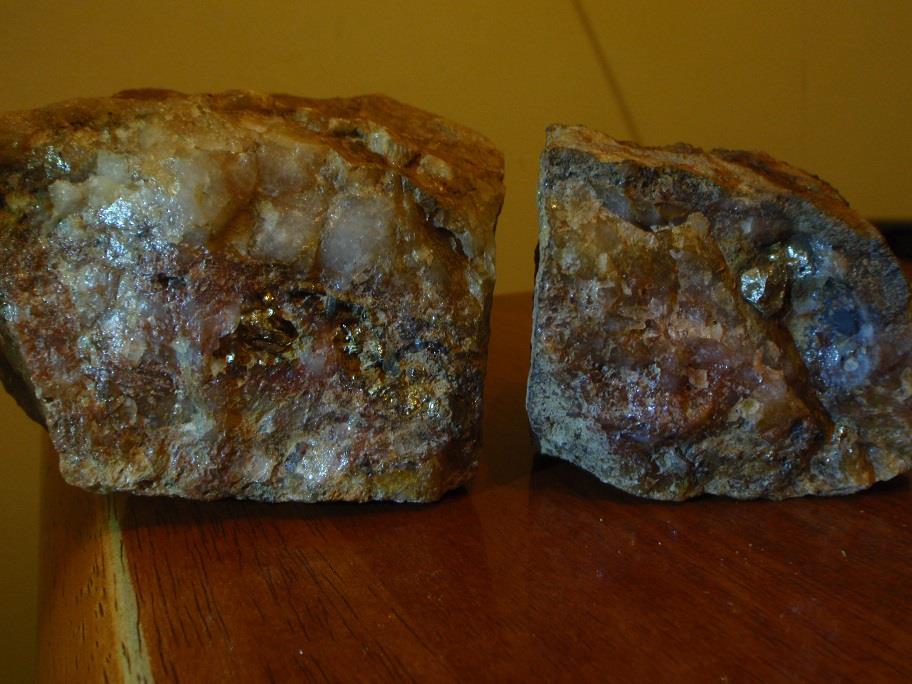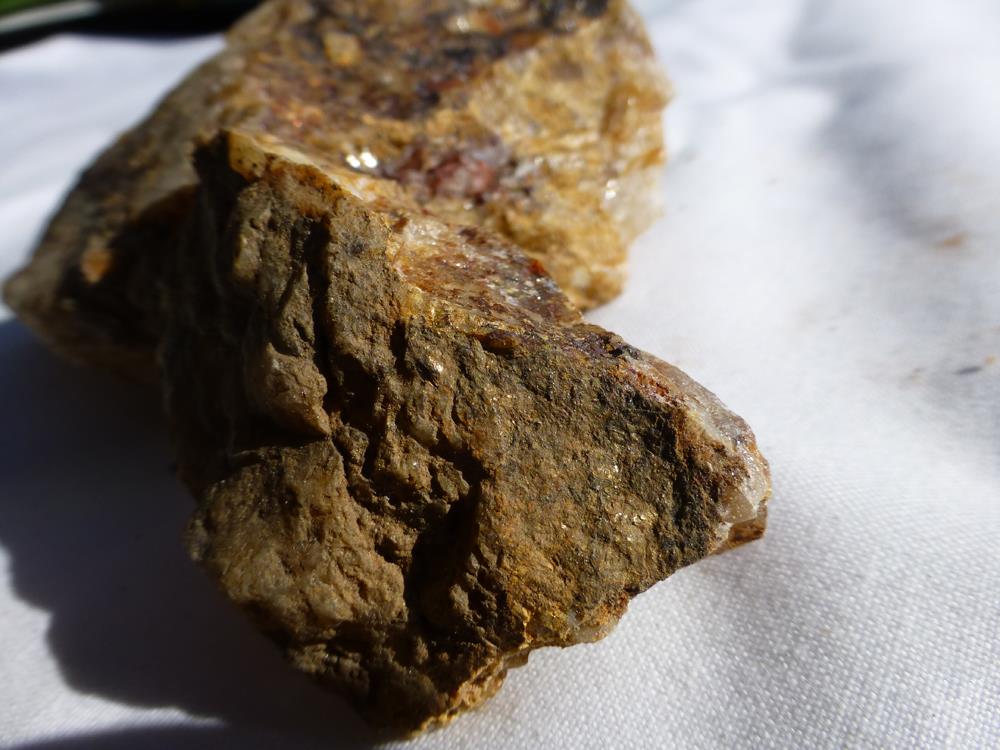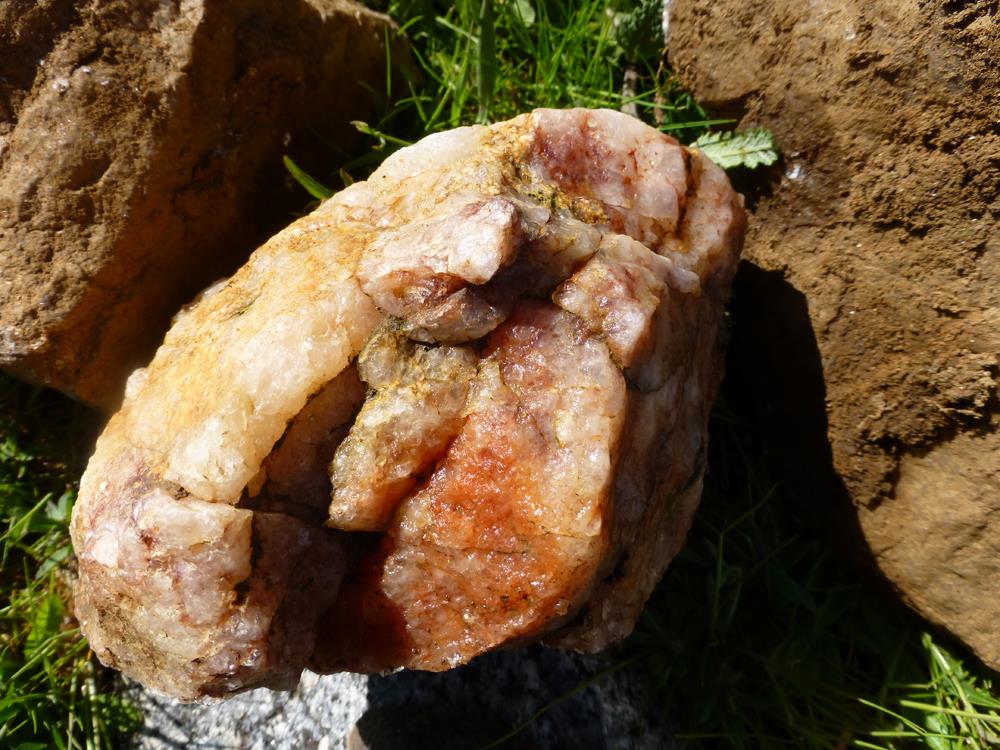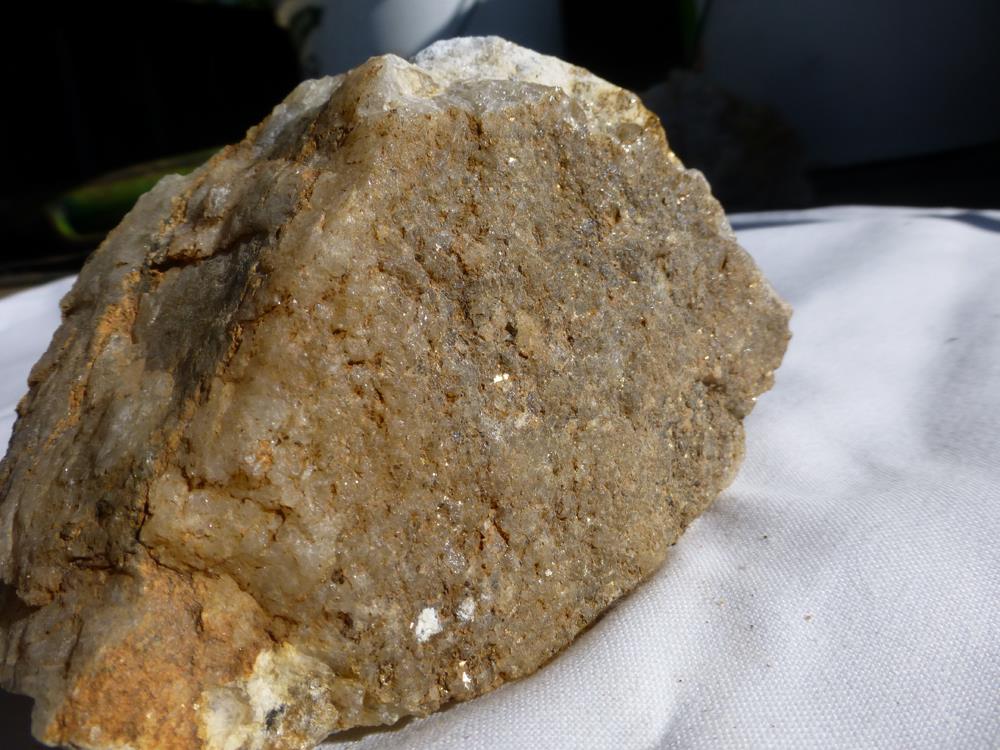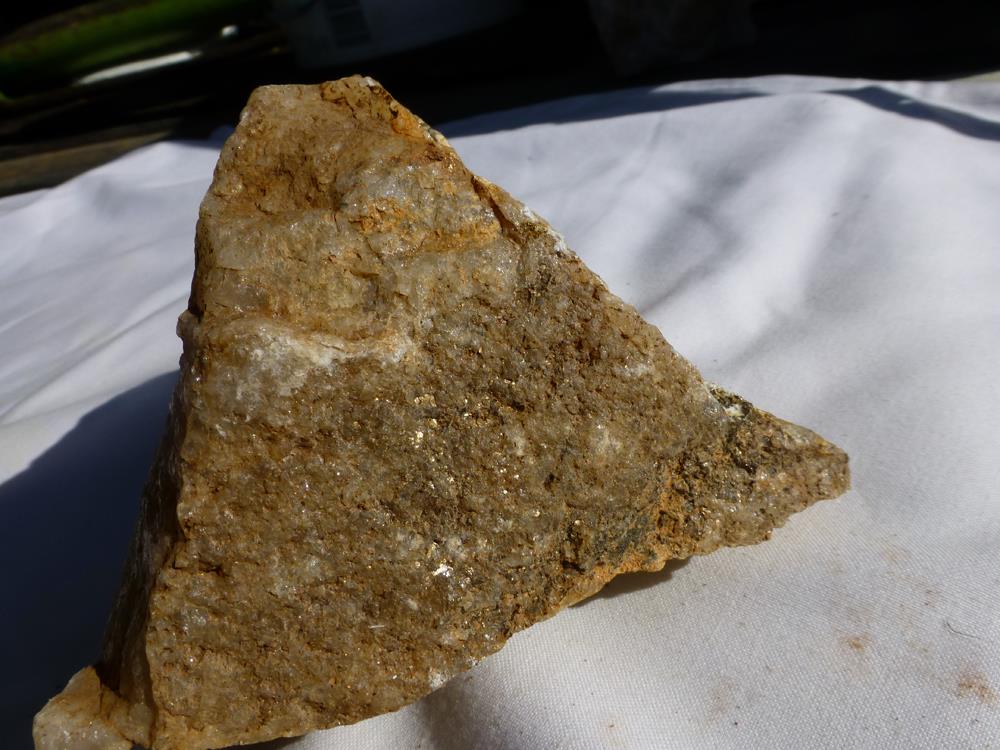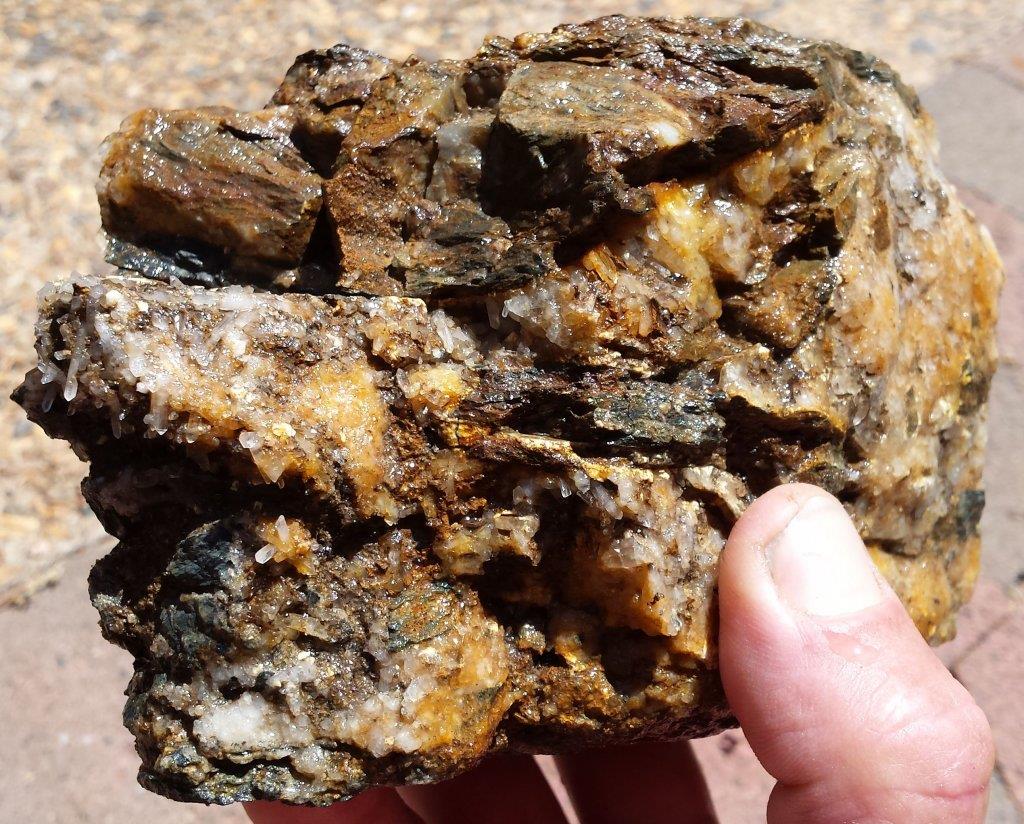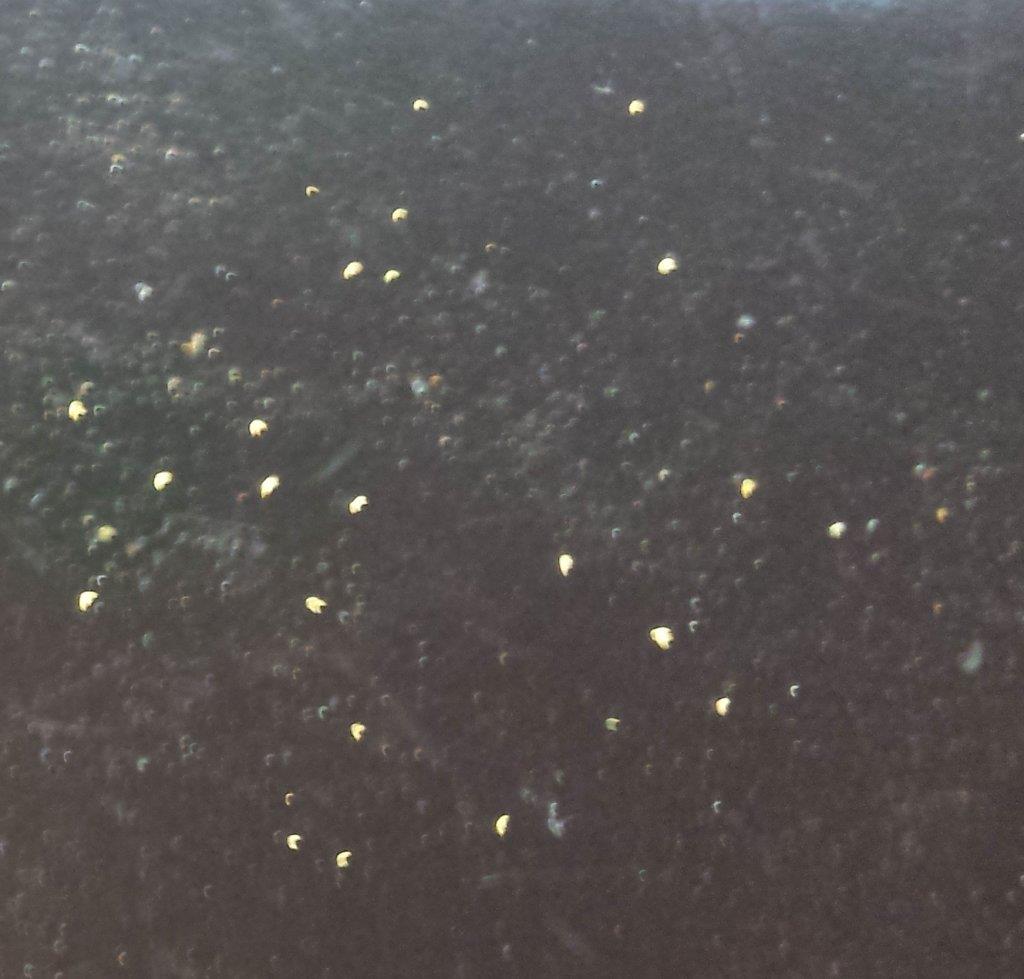Westaus said:
Thanks MM very informative, pictures certainly assist.
Just curious if through your searching process, would you be detecting in and around those areas. Or are you more concerned on what the rock may contain from a mining setup ?
To setup a hypothetical -
Walking through bush detecting, when you come across this structure. Do you
- Continue detecting in and around this structure
- Forget detecting and pull out the hammer taking samples back for crushing
- Start loaming in and around the vicinity
- All of the above
My advice is to always have a 'plan of attack' when searching for gold, and to productively and efficiently utilize all of the equipment at your disposal.
As you know, we can never guarantee where the gold will be, the only thing we can do (with research and knowing what to look for) is to put ourselves in the right spots in order to hopefully increase the odds of a find, in our favor.
A detector is a very important part of my equipment, but its not the only part....... I like to think of them as the 'modern day loamer'.
I will visually study the ground and vegetation when i get to these areas that i usually have found whilst researching the net....you know, Geovic, old and current maps, areas where gold has been found before etc.
I will then pick out a small area on the ground that i think looks the goods (good structure, fairly shallow auriferous looking, lots of quartz with ironstone, ironbark trees etc etc), then begin to methodically and thoroughly search it with the detector. ie Concentrate on that particular area.
(1)Wondering aimlessly through the bush swinging a coil doesn't increase your chances i believe, unless you are incredibly lucky!
(2)Go low and go slow, a lot of people miss gold with incorrect technique by swinging to fast and to high (usually in an attempt to cover more ground).
(3)Don't think you know whats under the coil before you have dug it.....dig everything!
Discrimination is only good for coin and relic hunting, not gold hunting.....gold can and will, discriminate as iron especially when hosted with ironstone, masked by nearby trash and even sometimes on its own!
How many times have you heard someone with a small piece say, "at first I thought it was hot rock"
(4)If i come across a nugget or specie, now the fun begins!
Gold pieces, no matter how small, are rarely on their own!
(5)Mark your find, then systematically Grid search, or Chain, a 50x50m area of the find, after raking back that whole area of ground litter with a garden rake!
(Remember to physically mark all, and any further finds)
http://www.gold-prospecting-wa.com/chaining-for-gold.html
(6)With any luck, you should now be able to see a pattern developing with your markings of finds. I use bright orange poly tent pegs but a lump of white quartz in the holes will do.
(7)Check the finds, are they smooth and rounded or nice and prickly? What is the host rock (if any)? Are there any hills or slight changes in elevation nearby?
(8)After gridding the whole area, now I will begin to loam for the source if the conditions warrant it ( ie prickly gold found around the slopes of a hill or small elevation etc)....see my share pages for PDF tips on loaming correctly.
(9)All this is tedious, time consuming, but sure work. If you have to leave the area till later, GPS waypoint it (and the finds), then remove any evidence of you being there till next time. If you dont, you run the risk of someone else spotting your tell tale signs that gold has been found and the next time you return, dont be surprised to see it stripped.
(10)Be patient, be thorough, respect the enviroment and above all.....have fun!
Westaus said:
Just curious if you would look for some nuggets to start with and then work your way smaller. Or start smaller (loaming, pan) and hopefully work your way up !
As above, I usually detect first for anything around, then take samples to loam if warranted.
You can start out by loaming very favourable looking areas if you wish, and importantly, if you have the time and patience!
Remember....by loaming, your looking for the primary source! Be prepared to spend time and be equipped to dig!
Most prefer to detect only as they are happy with a few nuggets, but if so, I recommend you do it to the plan above.
Westaus said:
I found a small nugget last trip out that was in a bit of foliated rock. I dug around a bit due to other signals, but could never find anything. In hindsight I should have taken a few scoops of soil for the pan. Even chipped a bit more of the host rock. I am pretty sure I left gold behind :8 Could not see anything obvious in the hold dug, but I was in an area that heaps of indicators everywhere.
Fantastic stuff, go back and work that area of the find......dont leave it for anyone else!

Cheers





